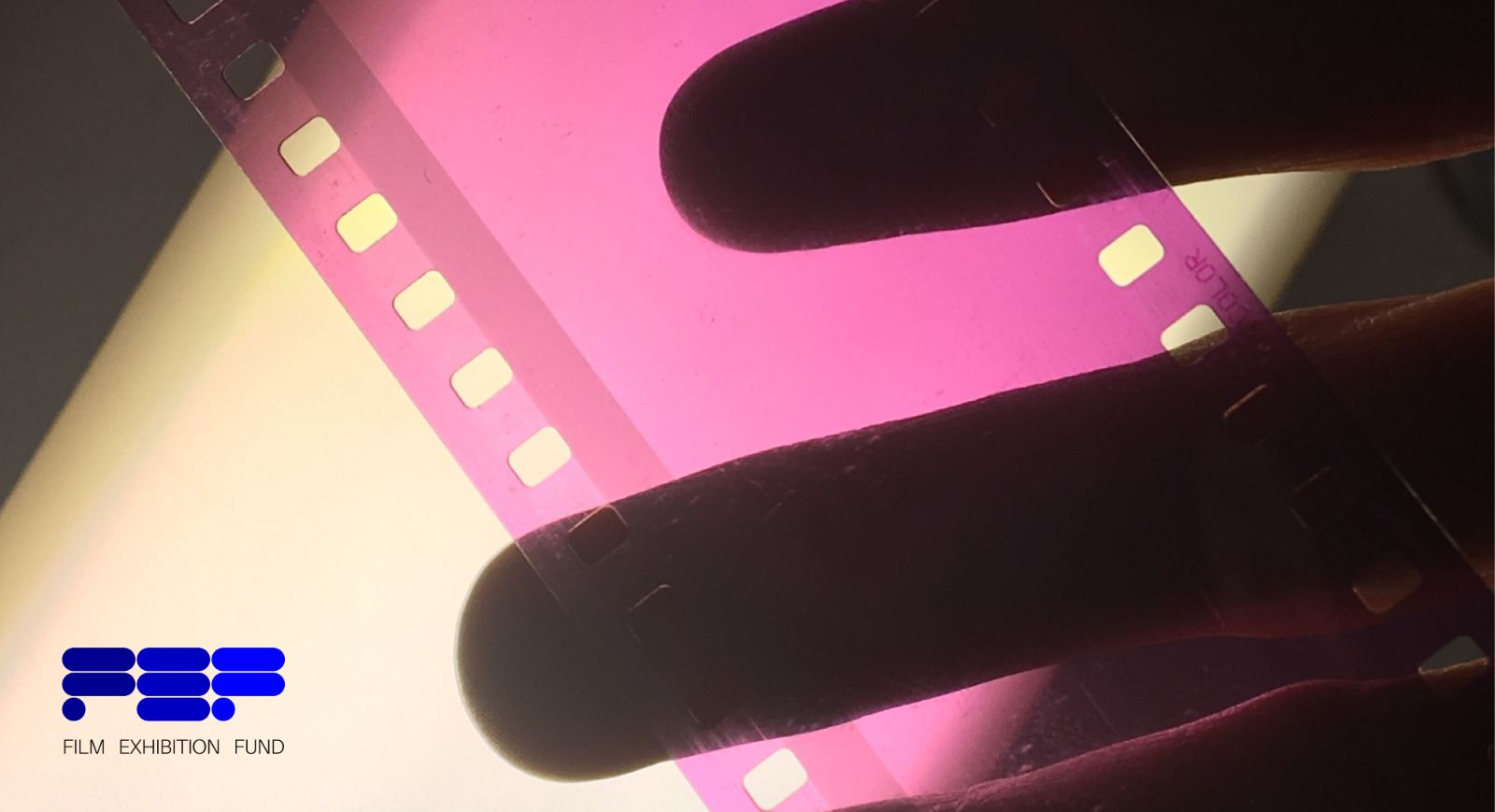NYC is a haven for repertory cinema, with the exhibition of classic and overlooked cinemas from all corners of the world finding its footing again as the pandemic continues. However, with rising costs, the projection of celluloid prints shouldn’t be taken for granted, and a new fund has launched a grant opportunity with the mission to preserve this tradition.
The nonprofit organization Film Exhibition Fund has announced its inaugural round of Celluloid Series Support Grants, with awards of up to $2,500 available to curators and venues serving the greater New York City community. With applications now open until April 29 to theaters, film centers, museums, and other organizations interested in the screening of celluloid, the fund aims to aid in paying growingly prohibitive costs: the shipment of film prints, projectionist fees, archival rentals, programmatic research, and other related expenses.
The Film Exhibition Fund, which is also accepting donations in support of its mission, was founded by film programmer Max Carpenter, who currently presides over a board consisting of archivist Laura Major, film nonprofit executive Jacob Perlin, and curator David Schwartz. Following this initial support grant focused on the NYC community, the fund also plans to expand its offerings nationally.

“The idea for the Film Exhibition Fund was born out of years of discussions with fellow film curators, projectionists, film archivists, and arts-funding non-profits,” Carpenter said. “As I took stock of the theatrical exhibition landscape at the end of the 2010s I saw two phenomena happening in tandem: first, I noticed a sad trend in curators’ and projectionists’ and other theater workers’ positions and pays being undermined, oftentimes to an untenable degree; second, I saw that audiences, especially for repertory film screenings, had seemingly only grown in their fervor and numbers. These two realities felt a little paradoxical, but they made one thing very clear to me: we were no longer in an age where ticket sales and concessions can sustainably support independent theaters alone, especially those theaters who were still against all odds continuing to screen films on celluloid. And while many theaters had sought non-profit status in order to pursue other funding options it still seemed to me that the extra costs of screening analog film prints were increasingly prohibitive for all but the most wealthy organizations.”
He adds, “The best way, I felt, to disrupt the inertia of these trends and work to keep alive the tradition of screening film prints would be to directly fund the extra costs associated with celluloid: the shipment of prints, projectionist fees, archival rentals, programmatic research, and other related expenses. Under the umbrella heading of ‘supporting film exhibition,’ this is exactly what the Film Exhibition Fund intends to do: inject money directly where it is needed. Our goal is not only to support an increase in the amount and quality of screenings of films on film, but also to do our best to educate audiences on everything extra that goes into screening prints on 16mm and 35mm (not to mention 70mm).”
Providing more context, he adds, “In the early 2010s, theaters across the country were essentially coerced into rapidly switching away from analog film projection to digital setups. In the years since it has become an increasingly common experience to find that, especially at multiplexes, there is not a soul in the projection booth. Writ large is a complete disregard for generations of impassioned cinema expertise. For audiences everywhere it is now an endangered experience to see a film that is projected with any care whatsoever.”
Max Carpenter is a film curator, writer, and crossword constructor based in New York. Series programmed by him have screened at the Museum of the Moving Image, the Harvard Film Archive, the Smithsonian’s Freer Gallery of Art, and AFI Silver, and he has worked extensively on other programs with the Museum of the Moving Image and MoMA. Most recently, Max presented “On Cinema at the Cinema at the Cinema” at the Museum of the Moving Image.
Learn more on the official site and donate to their fund here.

